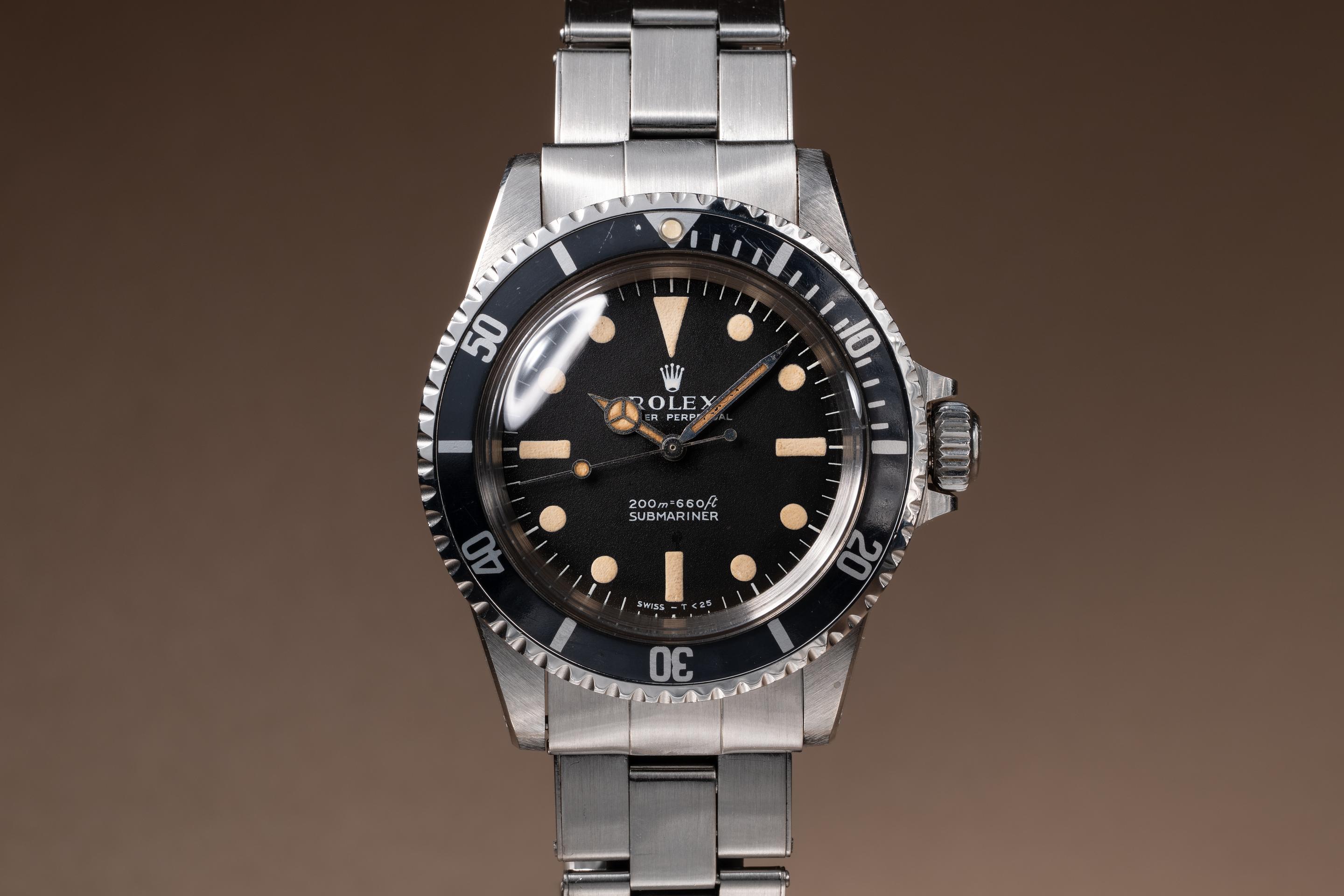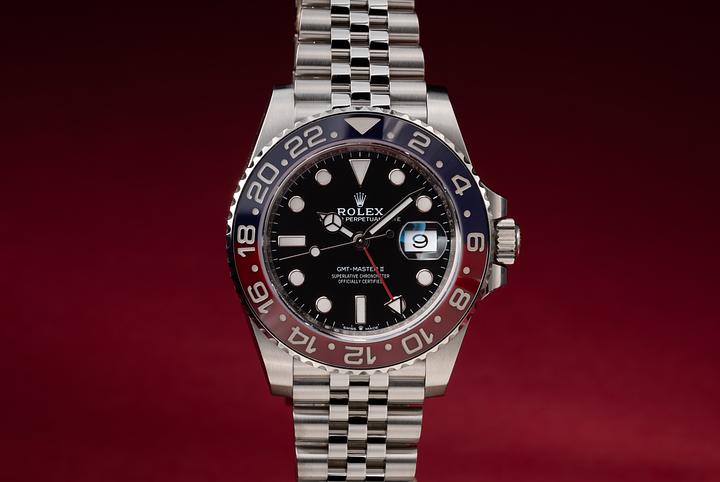Rolex and the Swiss Watch Legacy: Precision That Endures

The Legacy of Precision: Rolex and the Swiss Watch Industry
In the realm of luxury timepieces, few names carry the weight and reverence of Rolex. Synonymous with precision, durability, and enduring style, Rolex has become a hallmark of horological excellence through a steadfast commitment to quality and innovation. Rooted in the rich heritage of the Swiss watchmaking tradition, the brand’s story reflects a broader narrative of the industry's evolution. Rolex didn't merely emerge from this tradition; it helped shape and define it. This article explores Rolex’s role in the Swiss watch industry, tracing its journey from inception to global icon, while uncovering the elements that contribute to its lasting prominence.
The Swiss Watch Industry: An Overview of Craftsmanship and Innovation
Switzerland’s reputation as the cradle of fine watchmaking dates back several centuries. What began in the 16th century, driven by the need for timekeeping in navigation and scientific inquiry, matured into a sophisticated industrial discipline by the 19th century. Swiss timepieces became known for their craftsmanship, aesthetic detail, and technical superiority. Critical to this evolution was a decentralized system of production involving skilled artisans who specialized in individual components—cases, dials, escapements—assembled to exacting standards. Within this environment, innovation was not merely encouraged, it was required. In this ecosystem of relentless refinement, Rolex found fertile ground for growth.
A New Vision: The Founding of Rolex
Rolex was founded in 1905 by Hans Wilsdorf and Alfred Davis in London, under the name Wilsdorf and Davis. Wilsdorf, a German entrepreneur with an eye for quality and precision, envisioned wristwatches that were not mere accessories but precise and resilient instruments. At a time when pocket watches ruled and wristwatches were considered fragile novelties, Wilsdorf's conviction set Rolex apart. By 1919, Rolex relocated to Geneva, Switzerland—a strategic move placing the company closer to the heart of elite watchmaking know-how. From this Swiss vantage point, Rolex pursued innovation with a singular goal: to redefine what a wristwatch could be.
The Rolex Difference: Innovation as a Cornerstone
Rolex’s ascent was marked by a series of technical breakthroughs that bridged form with function. In 1926, Rolex invented the Oyster, the world's first waterproof wristwatch—transformative in both design and function. The sealed case, screw-down crown, and protective crystal redefined durability in wristwatches. In 1931, the company introduced the Perpetual rotor, leading to the development of the modern automatic movement. These two innovations became foundational elements for all Rolex Oyster Perpetual models, still central to the brand’s identity today.
But Rolex did not stop at mechanical ingenuity. It engaged directly with explorers, pilots, divers, and scientists—those who pushed boundaries. The 1953 launch of the Submariner established new standards for dive watches. Its robust construction and visibility under water influenced nearly every professional dive watch to follow. In 1956, the Day-Date debuted with a groundbreaking weekday display, quickly becoming a symbol of status and reliability.
Reputation Forged in Testing: Endurance and Precision
Central to Rolex’s rise has been its dedication to real-world validation. Rather than rely solely on laboratory tests, Rolex timepieces earned credibility the hard way: surviving Himalayan climbs, deep-sea dives, and supersonic flights. In 1953, a Rolex Oyster Perpetual accompanied Sir Edmund Hillary and Tenzing Norgay to the summit of Mount Everest. Just years later, in 1960, a specially engineered Rolex Deep Sea Special reached a depth of 10,916 meters in the Mariana Trench attached to the outside of Jacques Piccard’s bathyscaphe, Trieste.
These feats were not mere marketing exercises—they were rigorous endorsements of Rolex’s engineering. This connection between product performance and human endeavor buttressed Rolex’s reputation as a manufacturer of watches built for achievement, not embellishment. Over time, this commitment to performance solidified Rolex’s role as both standard-bearer and reference point within the Swiss horological sphere.
The Role of Vertical Integration and In-House Mastery
One lesser-known yet vital aspect of Rolex’s enduring success is its comprehensive approach to production. While many luxury watchmakers rely on external suppliers for components, Rolex chose vertical integration early. This means the company controls nearly every aspect of watchmaking—from gold foundries to dial fabrication and movement assembly. This in-house approach ensures uncompromising quality control and facilitates continuous innovation across design, materials, and technology.
Rolex owns and operates four manufacturing facilities in Switzerland, each singularly focused yet fully integrated—from crafting proprietary alloys like Everose gold, to the research and development of movements that meet the highest standards of chronometric performance. This control, combined with strategic conservatism, allows Rolex to maintain extraordinary consistency. The result is a product that is not only accurate but incredibly resilient to the effects of time—both technically and aesthetically.
Rolex Today: Timelessness in a Changing World
In an era of rapid technological change and fleeting trends, Rolex remains unwavering. Its philosophy is one of measured evolution, not impulsive transformation. Rolex does not chase novelty; instead, it reinterprets its core models through incremental refinements and subtle design innovations. Models such as the Datejust, the GMT-Master II, and the Explorer II reflect this philosophy—each adapted over time without compromising their identity.
The brand’s position in the global marketplace reflects this discipline. Rolex continues to lead in both volume and value among Swiss luxury watchmakers. According to industry data, Rolex maintains a commanding share of the global watch market, a testimony not merely to its prestige, but also to the enduring appeal of its engineering. Even under the pressures of digital disruption and evolving consumer expectations, Rolex remains firmly tied to its roots: precision, durability, and timeless design.
Yet Rolex is not isolated from progress. The company has integrated rigorous sustainability goals, embracing responsibility in both production and philanthropy. Through the Rolex Awards for Enterprise and initiatives tied to environmental conservation and cultural enrichment, Rolex reaffirms that excellence in craft must be mirrored by depth in character.
The legacy of Rolex, then, is not one of mere luxury. It is a story of perpetual motion, of constantly evolving within a tradition while respecting the foundations of Swiss watchmaking. It is this balance—precision firmly placed within purpose—that ensures Rolex will continue to lead the way in an industry defined not by what is fleeting, but by what endures.




